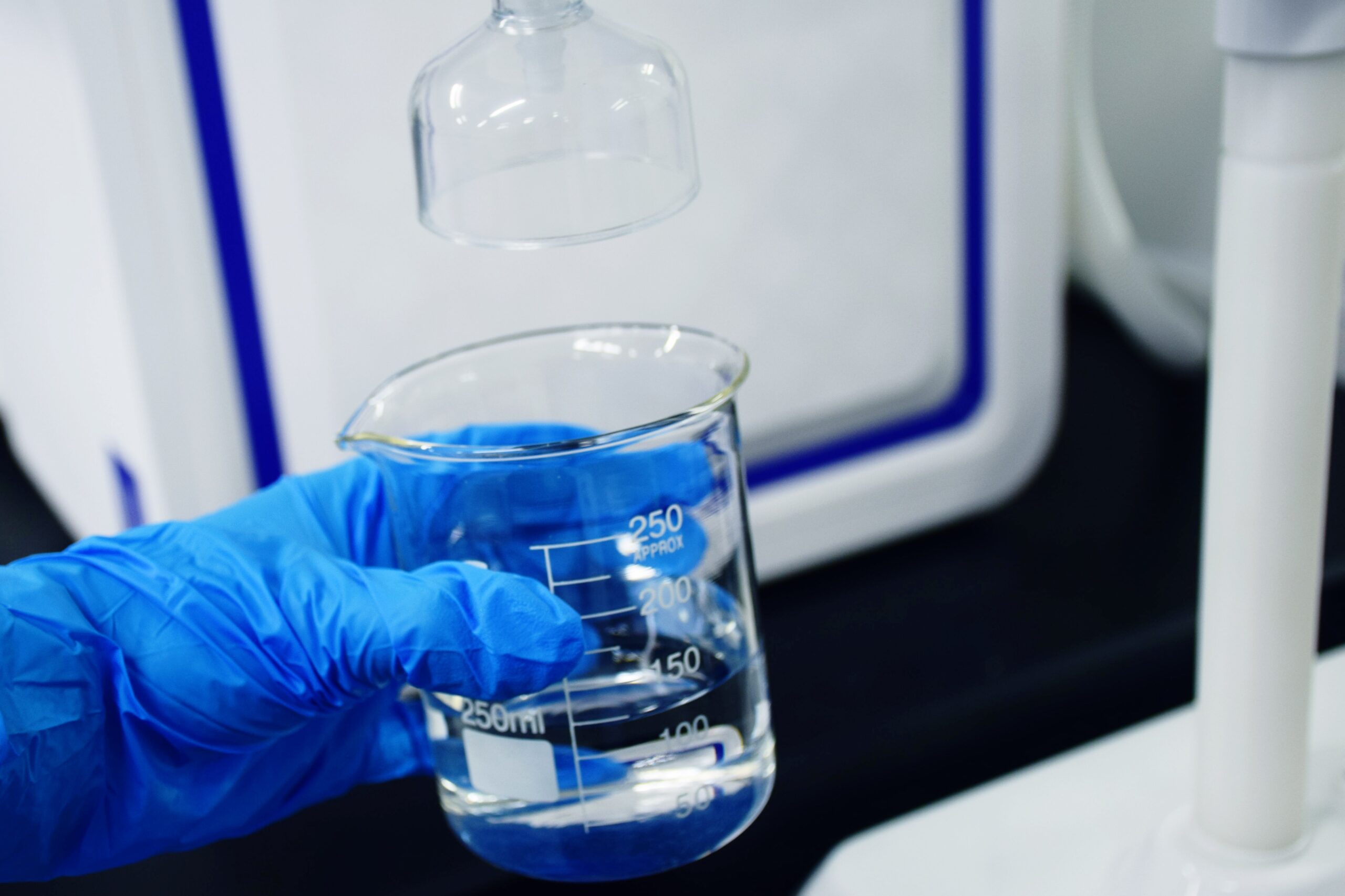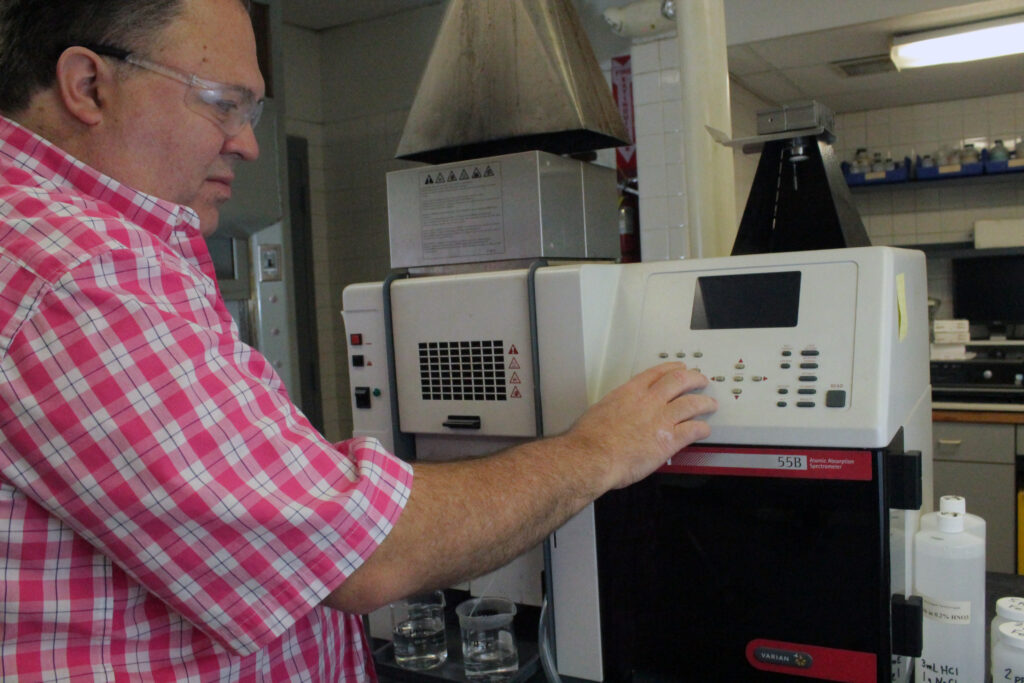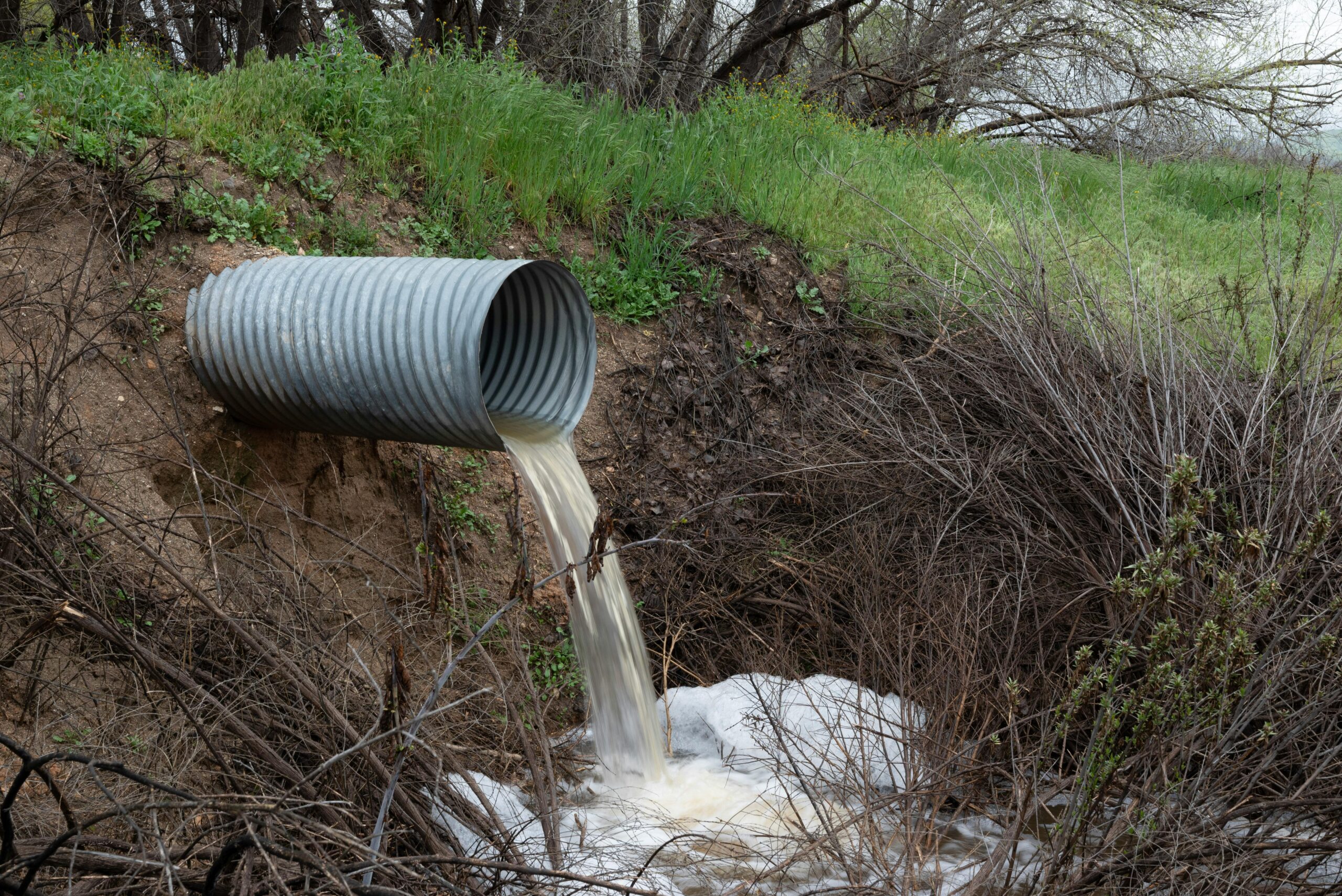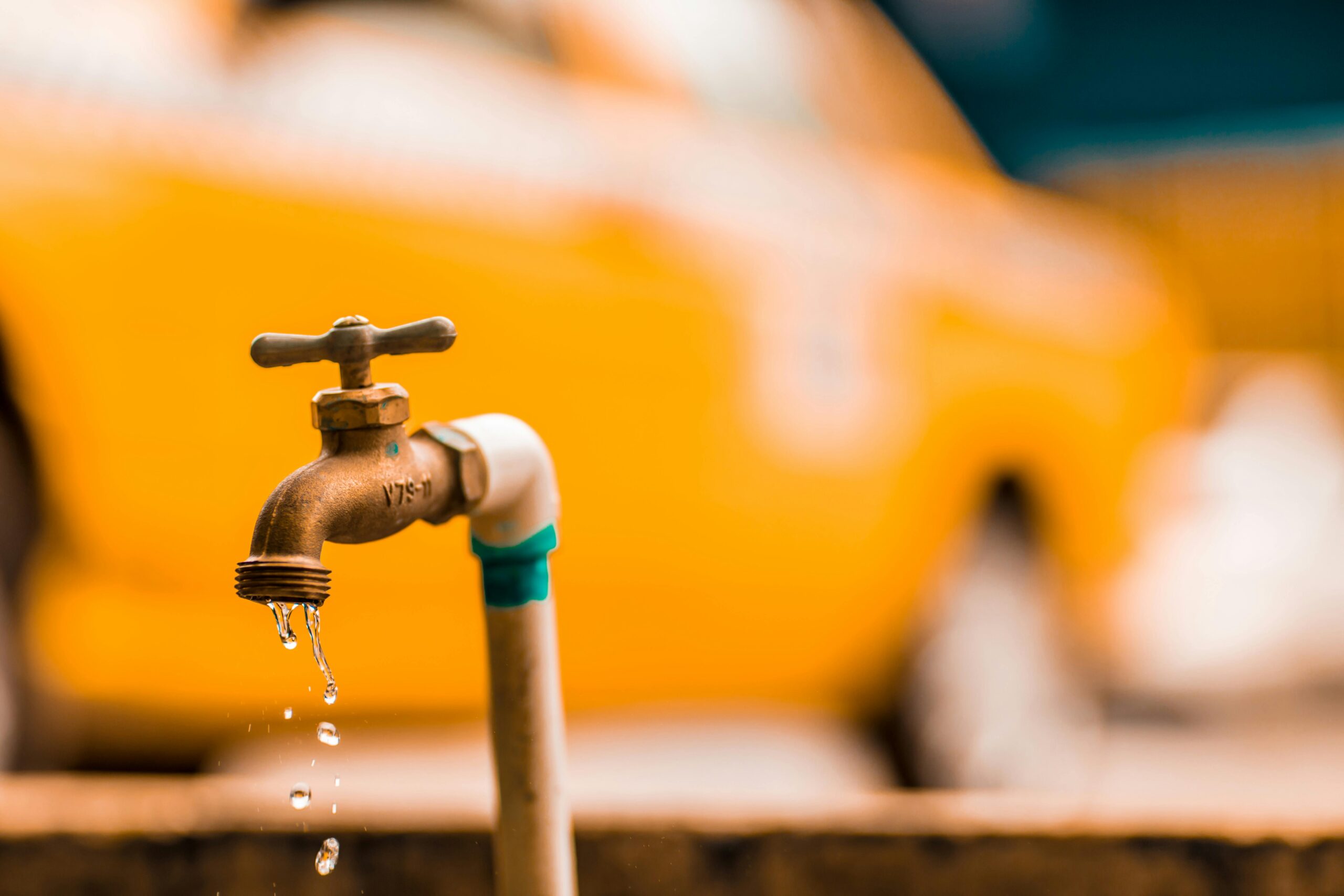As our water becomes more problematic our desire to know more about what we drink, and even test it ourselves, grows each moment. There are countless products available that claim to provide the consumer with personal water testing capability. Sadly, most of these products fall far short of providing the kind of analytical results that would truly guarantee safe drinking water.

The challenge you see is that there are literally thousands of different contaminants in water. Contaminants may be dissolved or undissolved, and of those, there are both organic (carbon-containing) and inorganic (non-carbon-containing) specimens. Further making this complicated is that even within the category groups there are many different tests that must be done. For instance, the tests for bacteria, viruses, mold, algae, and fungi are all different. Likewise, testing for lead is different than testing for calcium.
The consumer, to a man, is driven to find the gold-standard; the one test kit that will do it all. Sadly, marketing companies know how to capitalize on this zeal. Even sadder is the reality that no simple, commercially available test kit will allow a consumer to certify that his water is safe.
The good news is that the water reports put out by most American utility companies are very accurate and very thorough. I always recommend that you trust your local utility, and even take some time to study the water report and even ask to visit the lab. Still, for those inquiring minds who want more hands-on partnership in determining the security of their water, there is technology available. Also, let us not forget that in 2022, 60 million Americans drank poisoned water from their tap.
Portable handheld photometers from companies like Palintest and Hach, with available test reagents, enable the consumer to perform a wide array of tests for contaminants such as lead, chloramine, chlorine, chromium, copper and more. These devices can also perform some organic analysis, and depending on the model, can offer EPA/FDA certifiable results. These units start at about $1,800 with cases, test tubes, reagents, buffers, and accessories. Be advised that if the desire is to obtain an exhaustive test panel, the cost for a full spectrum of reagents and accessories could easily bring your investment into the $7,000- $10,000 range.
Complementing one of these photometers would be consumer-level products like hand-held pH and Total Dissolved Solids meters, and agar based bacterial test kits with small incubators. The takeaway here is that for the consumer who wants to do his own testing, there are vehicles to do so. However, while inexpensive by industry standards, a home lab could easily cost $15,000. In addition to the cost, one has to consider a stable area for the lab, and the substantial amounts of time required to do a basic water test. Remember, chromium is an individual test. Lead is an individual test. Selenium is an individual test. Testing for 30 – 40 substances could easily consume 40 hours. Oh yes, I almost forgot, you are going to need a vented hood to capture some of the toxic gases that will be generated when preparing reagents. Oh yeah, even have more to pile into your shopping cart. Goggles, gloves, a protective lab coat, utensils, and a locking, fireproof cabinet for the exothermic (explosive) chemicals would will be bringing into your home. Are you sure you want to test your own water?

Testing equipment is not cheap. Instruments like this Gas Chromatography Mass Spectrophotometer enters the market at $250,000 and still cannot test every contaminant. The good news is there are modestly priced spectrophotometers for the consumer. However, they are not inexpensive.
I think taking more interest in our personal water is a great thing. However, I also am a big fan of the local utilities. These guys love to talk about what they do, they are proud of providing safe water and are generally open to speaking with the public. They would probably even advise you on setting up your own analytical operation at home.
So don’t be afraid to test your own water. Learn more about your own water. Just never forget, there is no substitute for your local, certified, utility water test.
https://www.hach.com/products/lab-instruments/spectrophotometers







